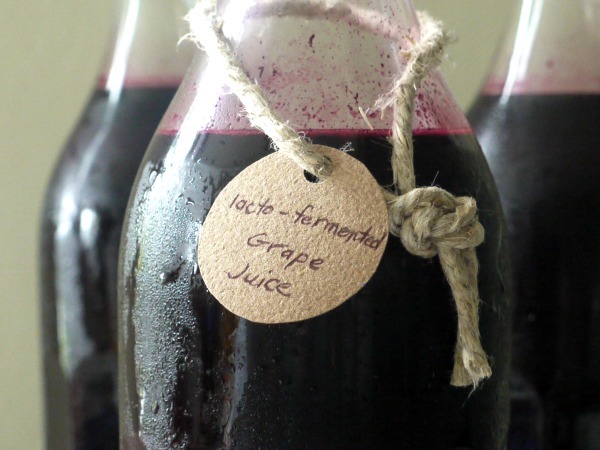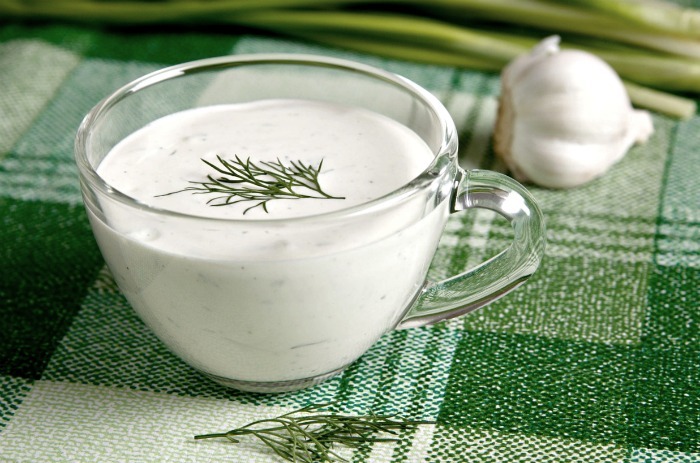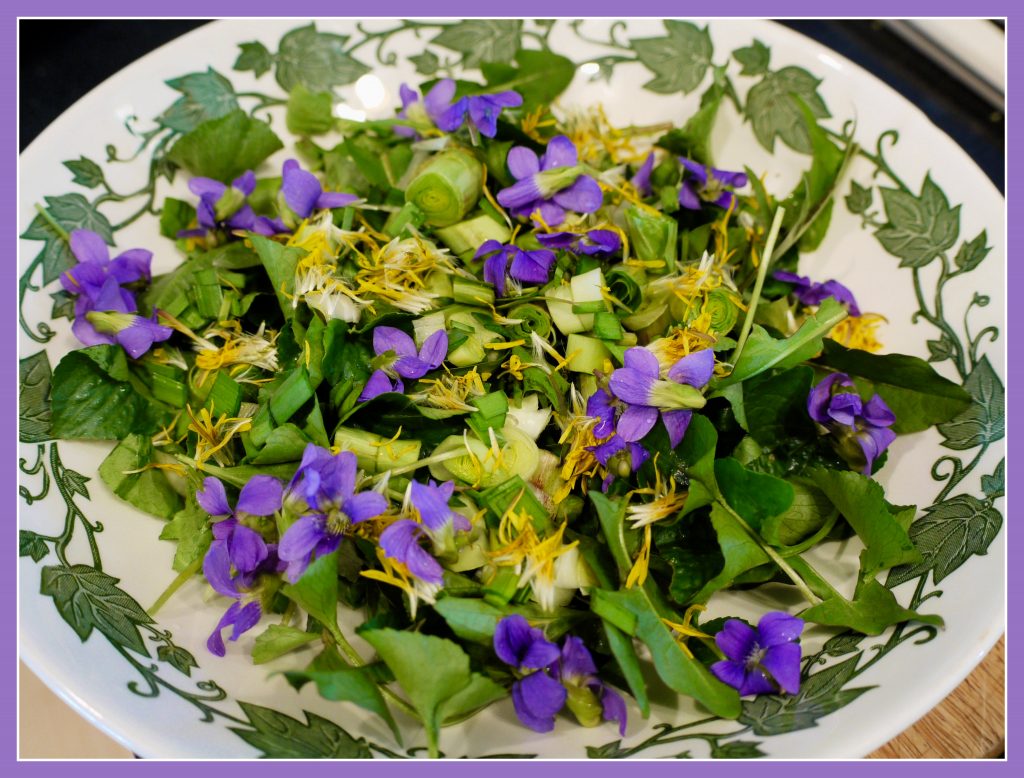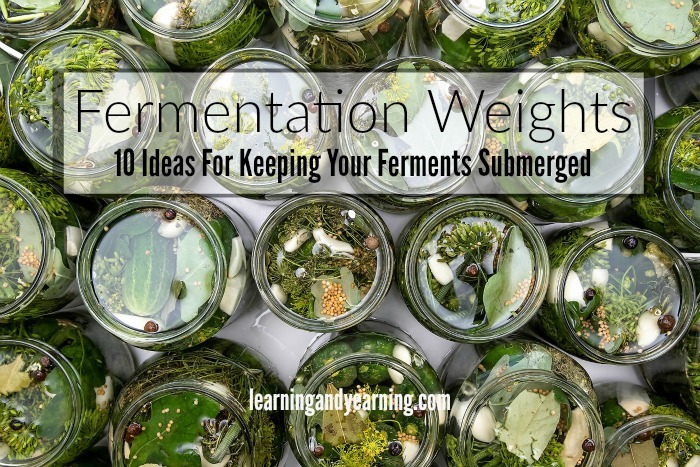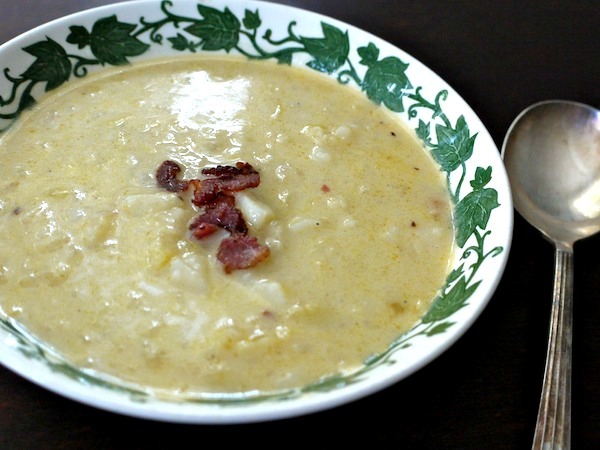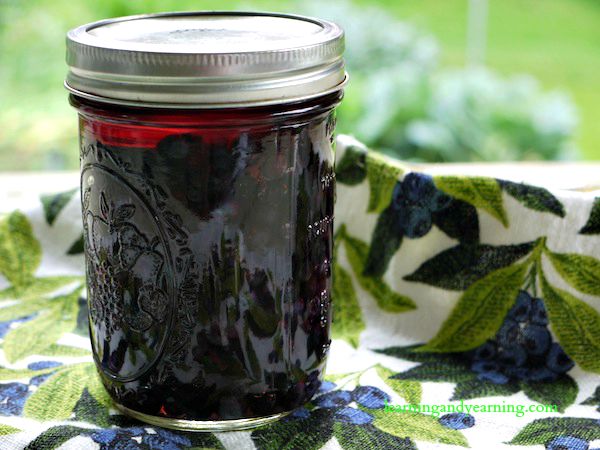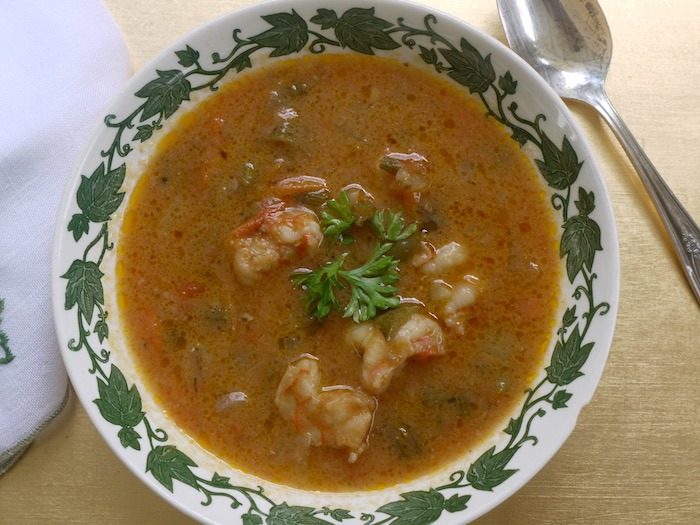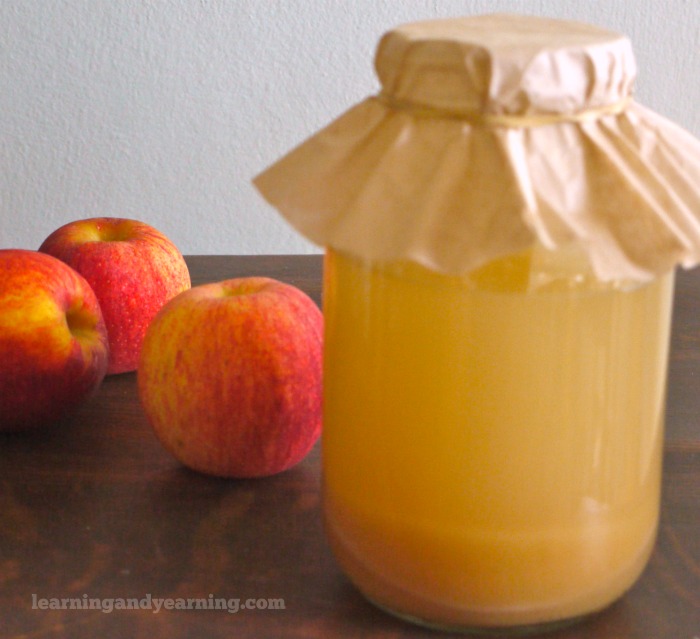
Food Used to Contain Probiotics
We’re being attacked on all fronts. Our ancestor’s diet was naturally high in probiotics. The methods they used for preservation, such as lacto-fermentation, increased the good bacteria in their food.
We make and eat some of the same types of foods – pickles and sauerkraut, sausages and corned beef, but instead of using methods that increase the nutrients of these foods, we take shortcuts in the ways that we preserve them, and often turn them into dead food, no longer nourishing to our bodies.
So the good bacteria in our guts are not being fed.
Our Lifestyle is Destroying the Beneficial Bacteria in Our Guts
And then, to add insult to injury, our lifestyle is killing what beneficial gut bacteria that we have left. Antibiotics are over-prescribed and are in the food we eat. We drink and bathe in chlorinated water.
We use birth control pills and take synthetic vitamins. We use artificial sweeteners, and eat copious amounts of refined sugar and grains. And our food is laden with pesticides and herbicides.
What we are destroying are the bacteria that help our bodies to prevent the growth of pathogenic bacteria. They also produce certain vitamins and hormones that our bodies need, help to prevent depression, strengthen our immune system, and help us to digest food and absorb nutrients.
When our gut ecology is out of balance, we become prone to gas, constipation, irritable bowel syndrome, Crohn’s disease, colitis, weight gain, colon cancer, depression, allergies and asthma. Even autism and diabetes have been linked to poor gut health.
GMOs are Everywhere and Are Destroying Good Bacteria
And according to this report, a ubiquitous substance in our environment may be the worst offender of all. 100 million pounds of the herbicide glyphosate, the main ingredient in Roundup® is sprayed on American yards and farms every year. We have been told for years that glyphosate is safe, less toxic than aspirin, and not a problem if ingested in food sources.
Here’s how glyphosate works in plants – it disrupts something called the shikimate pathway, which is involved with the synthesis of certain amino acids, thus killing the plant. The shikimate pathway is absent in all animals, and so it has been assumed that glyphosate cannot harm humans or mammals. However, the shikimate pathway is present in gut bacteria.
In addition, highly pathogenic strains of Salmonella and Clostridium were found to be highly resistant to glyphosate, whereas beneficial bacteria such as Enterococcus, Bacillus and Lactobacillus were found to be especially susceptible. If you didn’t catch everything I just said in this paragraph, I genuinely hope that you’ll read it again.
Processed foods containing corn, canola, soy, and sugar beet are consumed in high proportions in this country and are difficult to avoid. If what you are eating contains any of these foods, it has been genetically modified to be Roundup Ready®, unless certified to have been grown organically.
If it doesn’t say organic, it is GMO. This means that glyphosate has been used in its production contaminating your food and affecting your gut bacteria. Colorado State University estimates that 60 – 70 percent of food on U.S. grocery shelves contains at least one GMO.
And remember, the animals that you eat – cows, pigs, chickens and even farm-raised fish and shrimp – are fed a diet consisting of genetically engineered grains and forage. That means that products like eggs, butter, cheese and milk are also contaminated with these residues.
What Can We Do?
I didn’t write this to depress you. Although it may be virtually impossible to remove every trace of GMOs from your diet, we can educate ourselves so that we can avoid as much of it as possible.
A shopper’s guide may be found here. And the really good news is that we can do a lot to feed the good bacteria so that it can do the fighting for us. That’s what I’m really here to talk about.
To increase beneficial bacteria in your gut, it is recommended that you eat some type of probiotic food at each meal. It’s not really as hard as it sounds. There are so many great recipes out there for foods and beverages that would appeal to both children and adults.
The beginning is always the hardest, but once you make a habit of making and including these foods in your diet, it will become second nature. Below are links to information and recipes that I’ve found helpful.
Although probiotic supplements may be a helpful option, according to Nutritional Therapist Craig Fear, “fermented foods give us a far greater variety and complexity of beneficial bacteria than probiotic supplements.”
Fermented Vegetables
If you are new to fermenting vegetables, here’s a primer on fermenting vegetables. If you’re not quite ready to ferment vegetables on your own, you may find fermented vegetables here.
Fermented Dairy
Raw milk may be fermented into yogurt, kefir, cultured cheese, creme fraiche, and more.
Fermented Meat
Before refrigeration, meats were preserved through culturing, but what we know today as dry sausages such as salami are often made with preservatives and are no longer rich in probiotics.
It is worth seeking out sources that continue the traditional methods of fermenting sausages, or try your hand at curing meat yourself.
Fermented Fruit, Beverages, and Condiments
Other foods which can easily be fermented are fruits, beverages such as fermented lemonade, fermented orange juice, fermented homemade sodas, or beet kvass, and condiments such as ketchup or salsa. You can even ferment store-bought condiments.
Recommended Reading:
The Complete Idiot’s Guide to Fermenting Foods by Wardeh Harmon – Includes chapters on fermenting all of the items I listed in my post above, including instructions on sausage making.
Nourishing Traditions by Sally Fallon with Mary G. Enig – A fantastic guide to properly preparing whatever it is you want to eat, so that it is nutrient rich and easy to digest.
Real Food Fermentation by Alex Lewin – This is a great primer and is especially helpful if you are a visual learner. Lots of fantastic photos of the processes required in fermentation.
Photo Source














